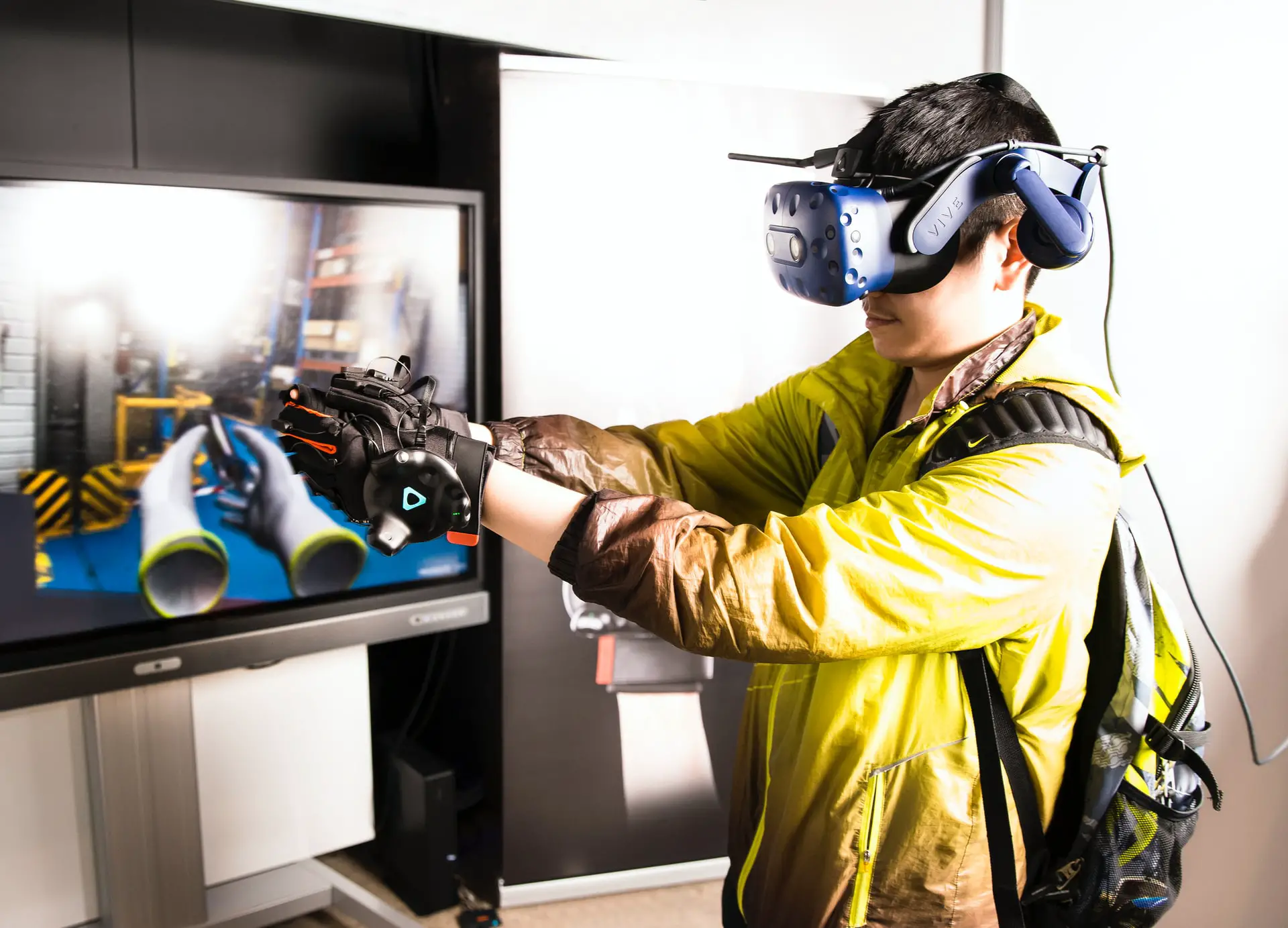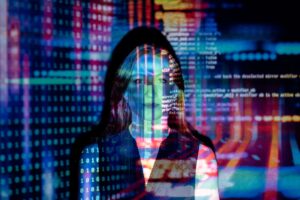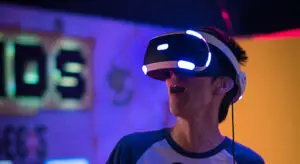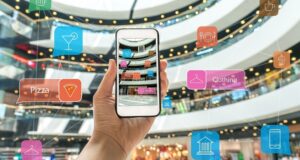Mixed reality is a reality technology that blends our reality and a virtual world into a true hybrid of new environments and visualizations. Once the physical environment surrounding a user of the mixed reality technology changes as a reaction to his actions, the software spontaneously updates and responds, and in turn provides new and updated information.
Mixed reality can be said to combine the best out of both virtual and augmented realities. The mixed reality technology can either be comprised of virtual reality devices with cameras which give you the opportunity to baseline the virtual world with the actual world or they could be comprised of augmented reality devices that have sufficient display intensity which is able to create a believable virtual reality in a portion of the visual field. The mixed reality technology does not completely take place in either the physical or virtual world but as a hybrid, it combines the two.
Mixed reality technology is related to both augmented reality and virtual in that it combines aspects of both technologies and takes them a step further. Mixed reality users are able to interact in real-time with virtual objects that are placed or superimposed within the real world. These virtual items are also able to respond and react to users’ actions as if they were actual objects.
As the youngest of the immersive technologies, awareness of mixed reality is not as high as its counterparts, this is due to the fact that MR places the greatest demand on hardware and software capabilities, it is often thought to be the furthest from the realization of the three. But then again companies who have financed mixed-reality projects already give us a hint into its potential. The motor company, Ford, is one of the few companies that saw the potential of mixed reality and as such now employs the technology to prototype its future vehicles rather than making prototypes in a physical environment.
In order to experience mixed reality, an MR headset that offers a holographic experience through translucent glasses is used. Microsoft’s HoloLens is also another one of the early examples of companies which harnessed MR technology. The applications which are offered through this platform vary greatly, but some notable examples include a Skype app which allows its users to draw diagrams while speaking to one another remotely, it also allows each of the users to interact with the other’s diagram/creation; and HoloStudio, which allows users to create a vast array of virtual objects through intuitive hand gestures, and furthermore print them out via a 3D printer.
Various other mixed reality products that are currently available to the public include Acer Windows Mixed Reality, Lenovo Explorer, and Samsung Odyssey. They also make use of gesture/gaze/voice recognition technology using a pair of motion controllers or via a MR headset that helps to deliver a believable mixed-reality experience. However, this process takes a lot more processing power to give the mixed-reality experience than it does for virtual reality or augmented reality experience.

Mixed Reality



